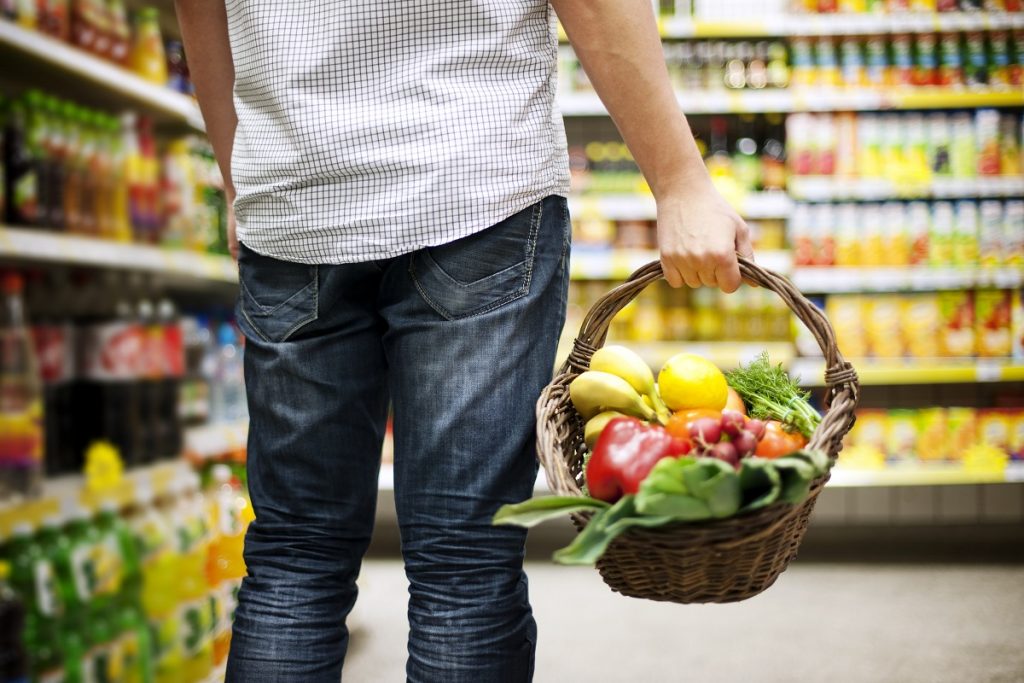Americans are trying their best to eat healthily, and it shows the growing demand for better-quality fresh food. According to the 2018 industry survey by the Organic Trade Association, sales growth went up by 6.4% in 2017. That’s about $45.2 billion, which was a record then.
Meanwhile, the gluten-free product sector could grow up to %7.6 billion by 2024 from $4.72 billion in 2017. Within this forecast period, the compound annual growth rate will be 7.12%, according to Zion Market Research.
Other kinds of data, though, tend to show a different picture. They also highlight some of the common problems Americans encounter while trying to eat healthily.
Americans Aren’t Healthy Enough
A 2018 government report summed up the overall health and wellness of Americans: the country is far from meeting its dietary guidelines for 2015-2020.
- More than 80% of Americans didn’t meet the recommended intake or limit of vegetables.
- Over 60% of them didn’t eat enough fruits.
- There was also a low consumption of dairy and oils.
- Americans, however, consumed more sodium, saturated fats, and added sugars than the recommendation.
- Eating patterns also suggested calorie consumption was high. Excessive calorie intake can increase the risk of obesity. In the United States, more than 60% of adults are already obese. It also affects at least 33% of American children and teens.
How Food Delivery Solves the Problem
How can Americans adapt to healthier eating habits? One of the possible solutions is prepared home food delivery. Here’s how it can help:
1. Time Savings
Eating healthy takes time than putting pre-packaged meals in the microwave. Time, unfortunately, isn’t something most people have. The Centers for Disease Control and Prevention (CDC) reported that between 2013 and 2016, nearly 40% ate fast food at any given day. They also eat an average of 18 meals outside the home per month, according to Simple Dollar.
With healthy food delivery, consumers can look forward to good meals at their preferred time. They can choose deliveries per week or only on selected days.
2. Confusion

Just because the label says it’s gluten-free doesn’t mean it’s already healthy. It can still have loads of sugar and additive. The problem is many consumers receive conflicting information or don’t even know how to read the labels.
A good food delivery system already includes professional chefs and nutritionists, so that settles the second-guessing. In a lot of cases, providers can offer you further education so you can decide better when it comes to food choices.
3. Accessibility
Not everyone has access to healthy food. It’s possible the produce they want are not in season or out of stock. Sometimes they don’t reach the local supermarkets or convenience stores. Food delivery services can work on in-season and local products. They can also find favor from out-of-state suppliers because they can buy ingredients in bulk.
Eating right goes beyond trying to hit government goals for 2020. It’s about taking care of yourself so you don’t get sick and spend a lot of money on healthcare. It’s about having the energy and vitality to live a full and happy life. While there are problems with eating healthy, there are also solutions such as food delivery. Perhaps it’s time to explore such options.

